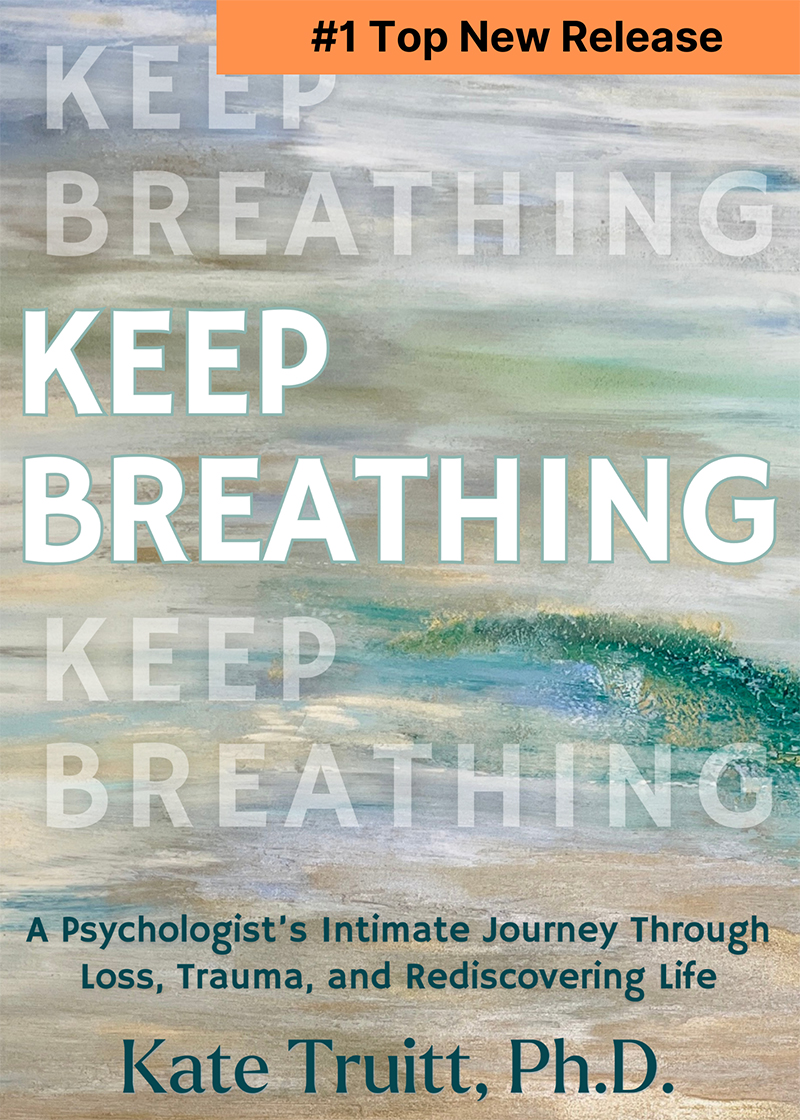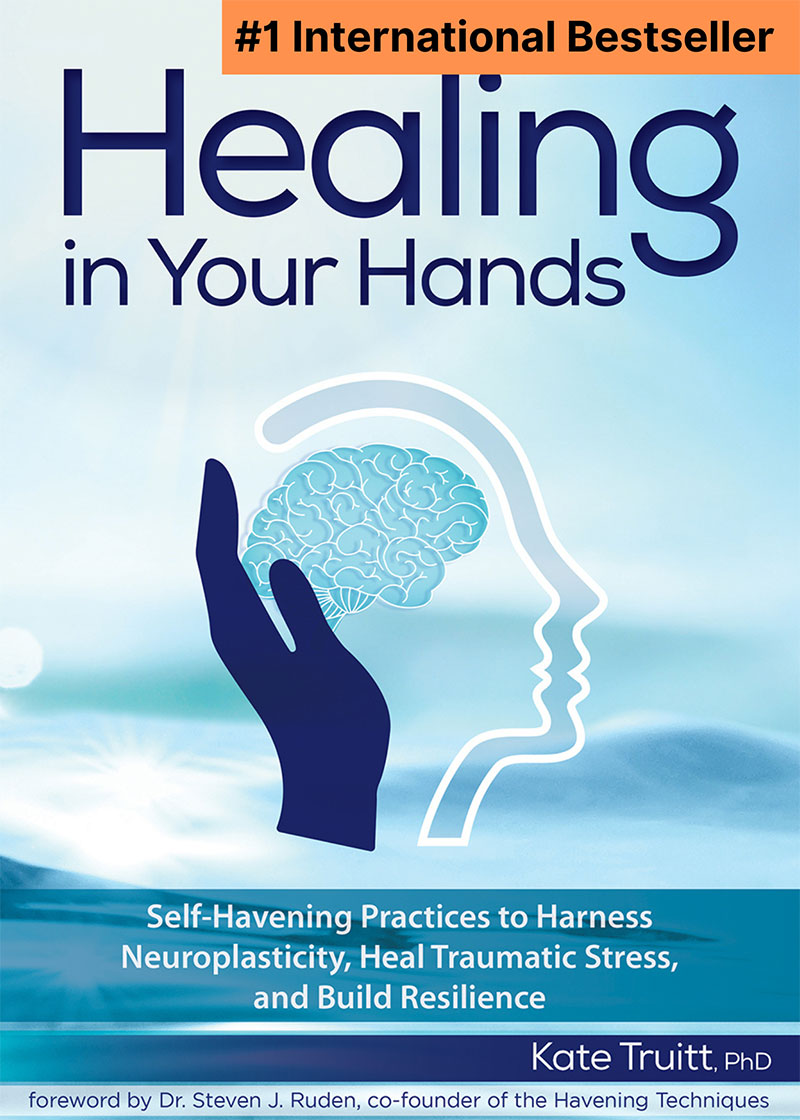Trauma-Informed Pathways to Recovery – Breaking the Stigma and Healing from Substance Abuse
By Dr. Kate Truitt
As we mark International Overdose Awareness Day on August 31st, it’s important to reflect on the deeper issues surrounding substance use and recovery. Overdose deaths are a heartbreaking consequence of a much larger problem, one that is often rooted in trauma. And to truly address substance use disorders and support recovery, we must break the stigma surrounding addiction and recognize the crucial role of trauma-informed care. This approach not only helps us understand the root causes of addiction but also provides a pathway for healing and resilience, offering hope to those who are struggling.
Breaking the Stigma: Understanding the Trauma Behind Substance Use
Trauma is a profound and often overlooked factor in the development of substance use disorders. Whether it’s a single traumatic event or the accumulation of adverse experiences over time, trauma can have a lasting impact on mental health. For many, substance use becomes a way to cope with the overwhelming emotions and memories associated with their trauma. This coping mechanism, while offering temporary relief, can quickly spiral into addiction.
I’ve seen firsthand how stigma around addiction can, and does, take lives—lives of those we love dearly. This stigma perpetuates feelings of shame and isolation. Society’s stigma around substance use disorders can prevent individuals from seeking the help they desperately need. This stigma not only perpetuates feelings of shame and isolation but also hinders the healing process. It’s crucial to understand that substance use is often a symptom of deeper, unresolved trauma By recognizing this, we can begin to shift our perspective from one of judgment to one of compassion.
Trauma-informed care plays a pivotal role in breaking this cycle. This approach acknowledges the impact of trauma and integrates this understanding into every aspect of treatment. By doing so, it creates a safe space for individuals to explore their experiences, understand the root causes of their addiction, and begin the healing process. This is a theme I delve into deeply in my book Keep Breathing: A Psychologist’s Intimate Journey Through Loss, Trauma, and Rediscovering Life.

Resilience in Recovery: Neuroplasticity and Healing After Substance Use
Recovery from substance use disorders is not just about stopping the use of substances—it’s about healing the brain and body. One of the most empowering concepts in this journey is neuroplasticity, the brain’s ability to change and adapt. Even after years of substance use and trauma, the brain retains the ability to heal and rewire itself. This incredible capacity for change opens up new possibilities for recovery.
Neuroplasticity allows us to form new neural pathways, replacing those damaged by trauma and addiction. This means that with the right tools and techniques, individuals in recovery can literally reshape their brains to support healthier, more resilient ways of thinking and being. You can partner with your brain to create healing a message I emphasize in my books as I walk readers through the science and personal stories that illustrate the importance of self-compassion and power of neuroplasticity.
The journey of recovery is not just about surviving—it’s about thriving. By focusing on building a resilient brain, we can move beyond merely coping with addiction and instead cultivate a life filled with purpose, connection, and joy.
Creating Safe Spaces: How Trauma-Informed Care Transforms Substance Use Treatment
Effective substance use treatment is the creation of safe, supportive environments. Trauma-informed care is built on the principles of safety, trust, and empowerment. It’s about recognizing that healing cannot occur in a vacuum—individuals need to feel safe and supported as they navigate their recovery.
Our interventions as clinicians and caregivers must align with how the brain functions and help it behave differently. Trauma-informed care transforms the treatment experience by prioritizing the emotional and psychological safety of those in recovery. This approach fosters an environment where individuals feel understood and validated rather than judged. It encourages a sense of agency, allowing them to take an active role in their healing journey. This is one of the highlights of my conversation with Dr. Arielle Schwartz about healing and post-traumatic growth.
The impact of trauma-informed care extends beyond the treatment setting. Families, communities, and healthcare providers all play a role in creating these safe spaces. By adopting trauma-informed practices, we can empower individuals to seek help, stay committed to their recovery, and build healthier, more resilient lives.
But it doesn’t stop there. Community support is a critical component of sustaining long-term recovery. When individuals feel connected to a supportive network, they are more likely to maintain their progress and continue building on their successes. This is why creating trauma-informed communities is so important—it ensures that individuals in recovery have access to the resources and support they need at every stage of their journey.
Conclusion
As we reflect on the significance of International Overdose Awareness Day, let’s commit to breaking the stigma surrounding substance use disorders. By understanding the trauma that often lies at the root of addiction, embracing the power of neuroplasticity, and fostering trauma-informed care, we can create pathways to recovery that are not only effective but also compassionate and empowering.
Recovery is possible, and it’s within our power to support those who are struggling. Whether it’s through creating safe spaces, offering trauma-informed treatment, or simply showing empathy and understanding, each of us can play a role in transforming the lives of individuals on their journey to healing.
If you or someone you know is struggling with substance use, know that help is available. You may reach out to us at Dr. Kate Truitt & Associates.
I encourage you to grab a copy of my book, Healing in Your Hands. Within its pages, you will find powerful client stories, insights from the field of neuroscience, and tools to create a complete and holistic self-healing program that you can use.

Reference:
- Canadian Women’s Health Network. (2010). Gendering the national framework for trauma-informed practices. Canadian Women’s Health Network. https://cewh.ca/wp-content/uploads/2014/02/2010_GenderingNatFrameworkTraumaInformed.pdf
- Eden by Enhance. (n.d.). Trauma-informed therapy: A pathway to healing and recovery. Eden by Enhance. https://edenbyenhance.com/trauma-informed-therapy-a-pathway-to-healing-and-recovery/
- Hazelden Betty Ford Foundation. (n.d.). Trauma-informed care. Hazelden Betty Ford Foundation. https://www.hazeldenbettyford.org/research-studies/addiction-research/trauma-informed-care




















